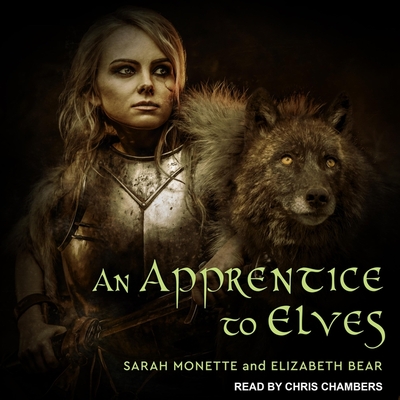What do you think?
Rate this book


1 pages, Audio CD
First published October 13, 2015

"When they try to shame you, you wear their scorn like ribbons."The harsh world of the North has seen and defeated many enemies, from the bitter winters to the fierce Trells and their reality-bending stone-molding. Aided by the tunnel-dwelling alfar, the men of the north have withstood all. But the legion of Rhean men who have arrived on their shores are a challenge they've never encountered: disciplined, determined, and willing to throw all the resources of their empire behind their goal of conquering the North.